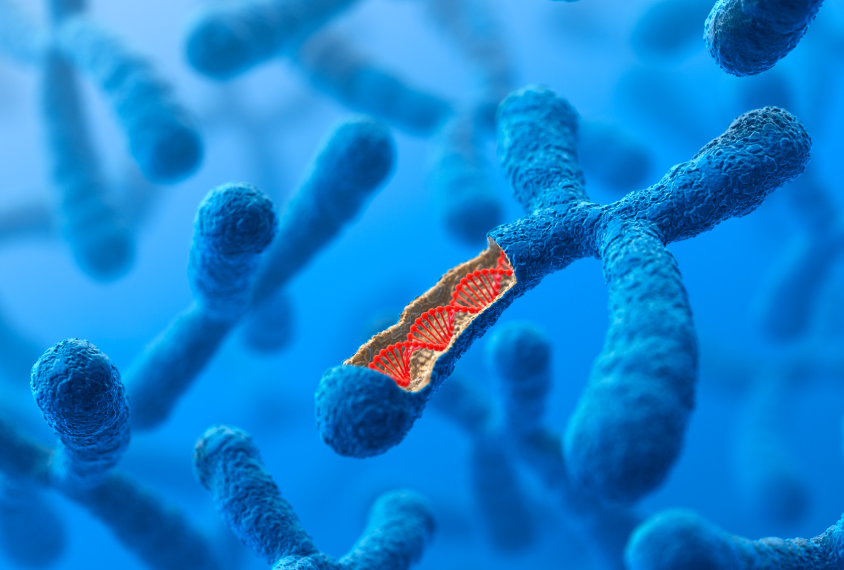
© iStock / BlackJack3D
THIS ARTICLE IS MORE THAN FIVE YEARS OLD
This article is more than five years old. Autism research — and science in general — is constantly evolving, so older articles may contain information or theories that have been reevaluated since their original publication date.
A new method for mining sequencing data reveals single-letter swaps in the genetic code within large duplications of DNA. The method, described 2 November in BMC Genomics, may let researchers more thoroughly assess the genetic rearrangements that contribute to autism1.
Many people with autism have deletions or duplications of large swaths of DNA, called copy number variations (CNVs). In the new study, researchers sought to determine whether extra copies of certain sequences contain small variations that go unnoticed by more basic techniques that count copies of DNA segments.
They obtained sequencing data from the 1,000 Genomes Project, a multinational effort to characterize genetic diversity around the world. They zeroed in on the beta-defensin region, a segment of the genome on chromosome 8 that includes several genes involved in antimicrobial defenses and fertility. Most people have between 2 and 7 copies of the region, but some people have just 1 copy and others have as many as 12.
The researchers combined two existing programs to scour chromosome 8 for CNVs and home in on sequence differences among the copies, both within an individual and between different people. One program, called CoNIFER, counts the number of duplications of DNA regions. The other, called FreeBayes, spots smaller sequence variations, such as single base-pair swaps.
Together, the programs characterized CNVs in a total of 1,285 people, revealing 436 single-letter variants among copies of the beta-defensin region, 355 of which are novel. People from the same continent tend to share the same variants, indicating that sequence differences among copied DNA segments arose relatively recently in human evolution.
The researchers validated their method using DNA samples from a subset of participants in the 1,000 Genomes Project. Using molecular imaging and other sophisticated laboratory techniques, they confirmed that the method correctly identifies both CNVs and single-letter changes.
Researchers could use the method to map genetic variations among CNVs in people with autism. The tool may help reveal whether these subtle DNA differences affect autism risk.
By joining the discussion, you agree to our privacy policy.